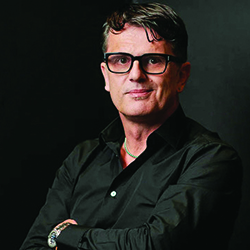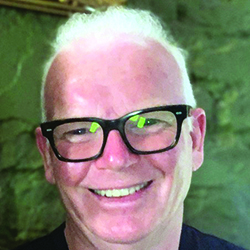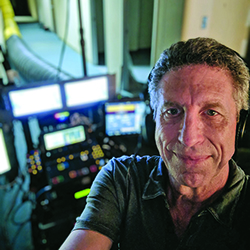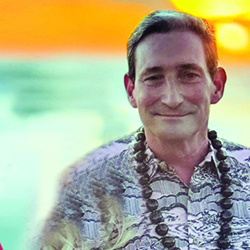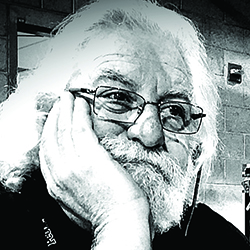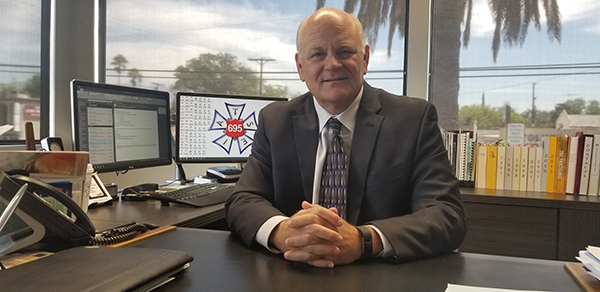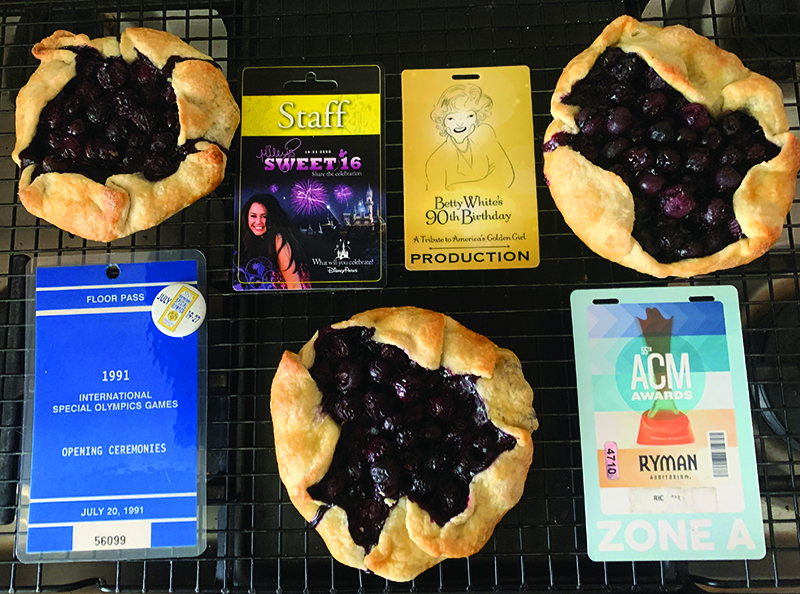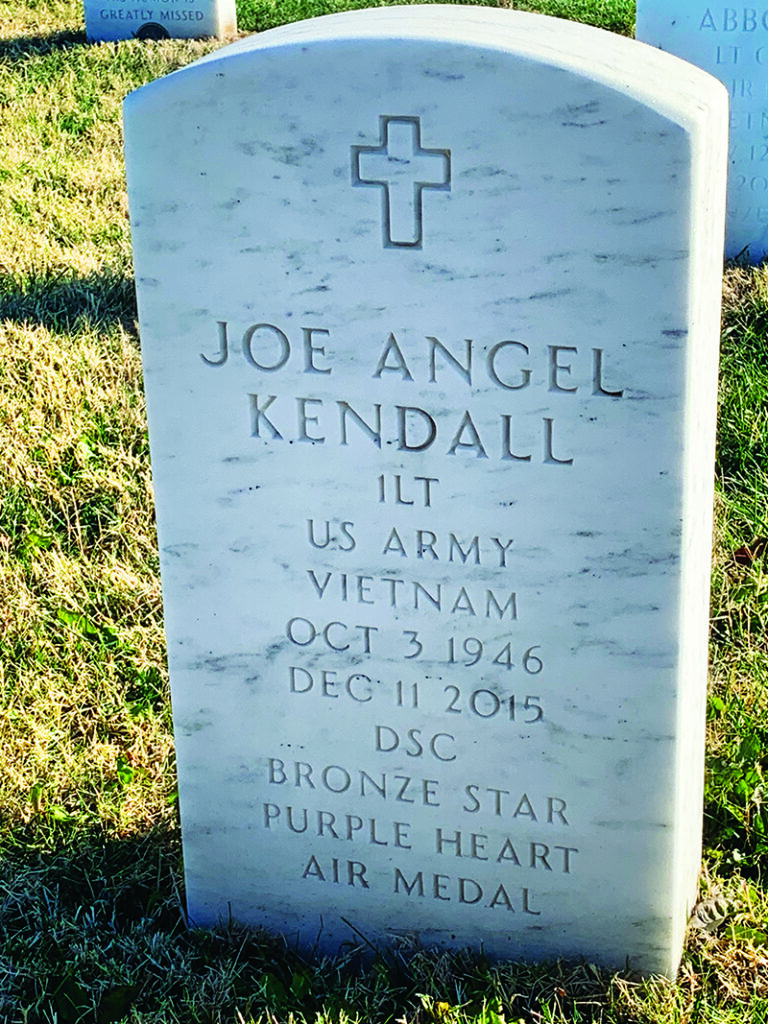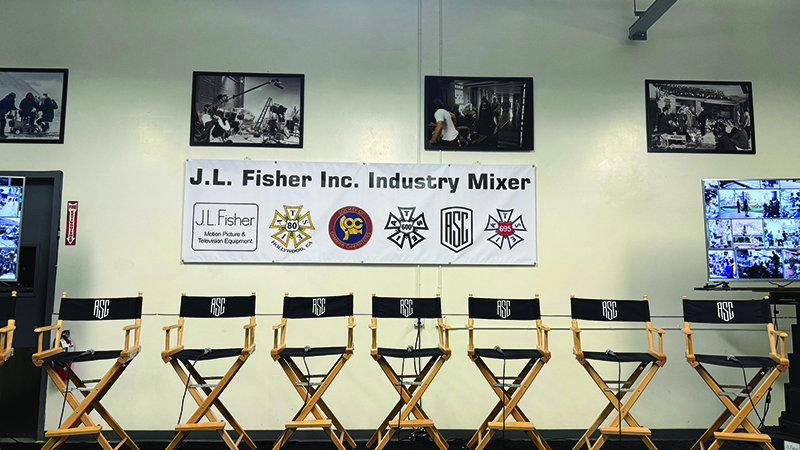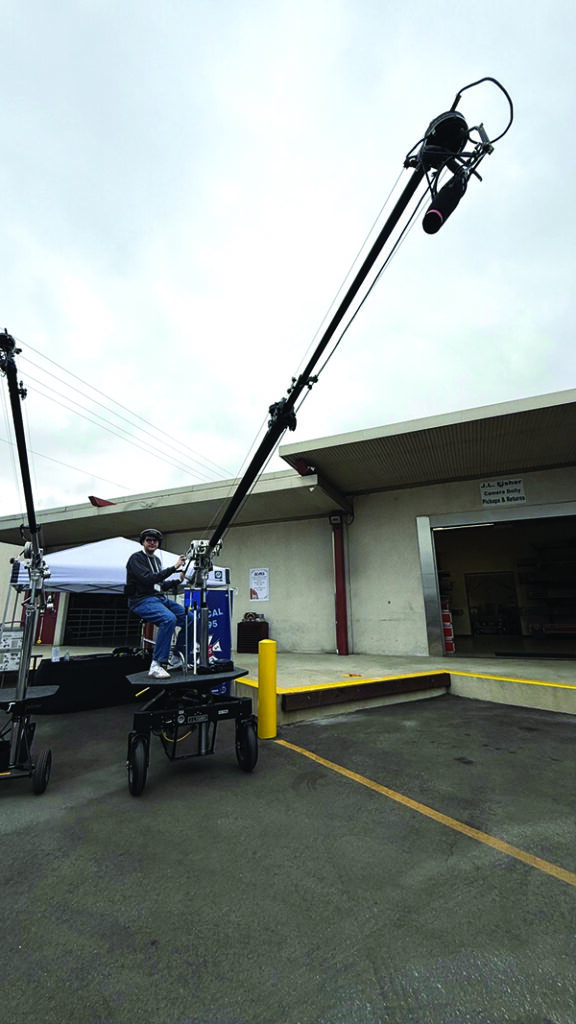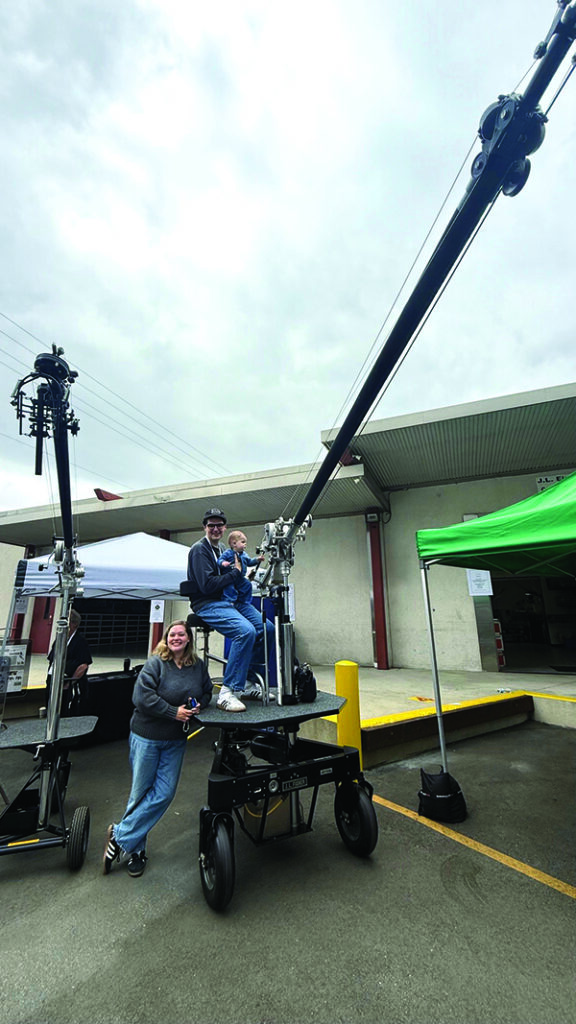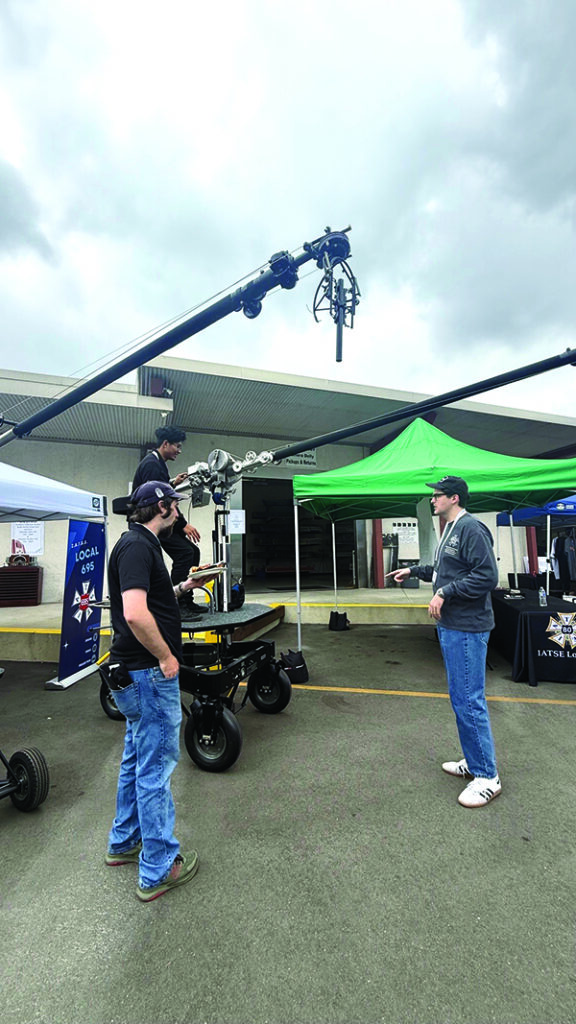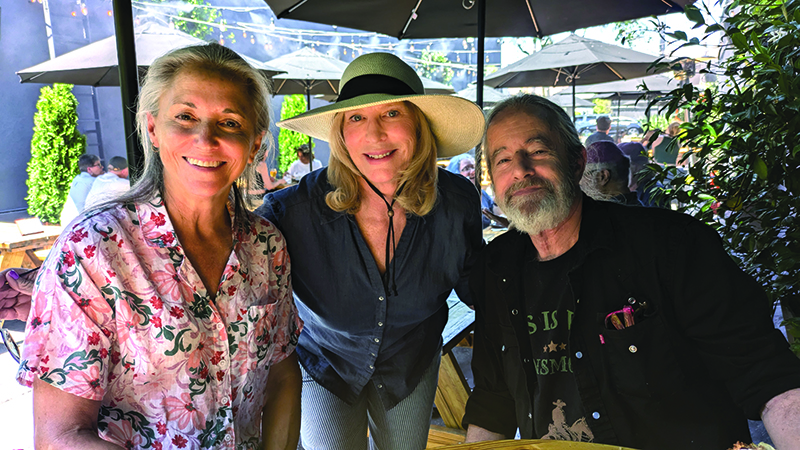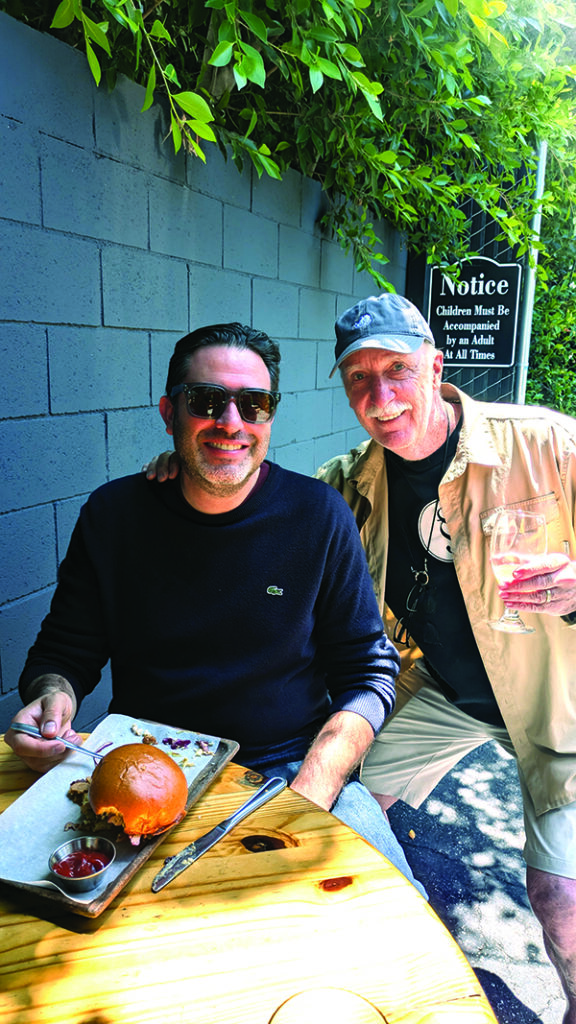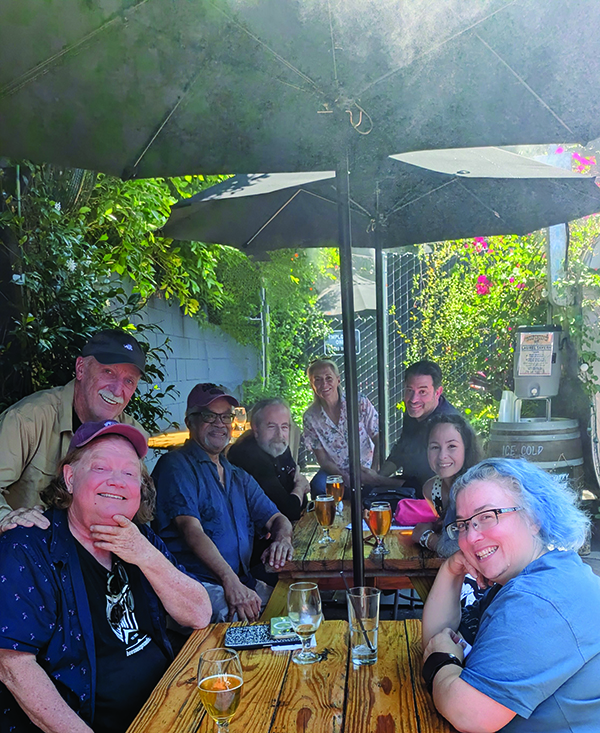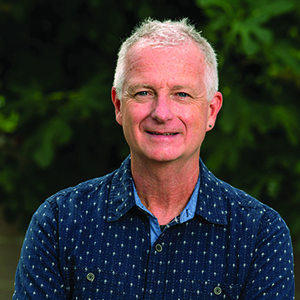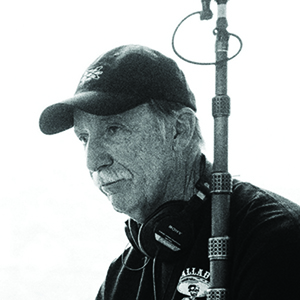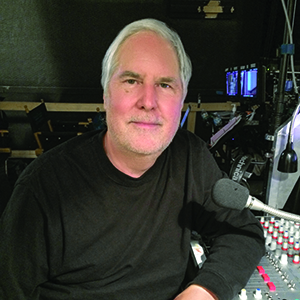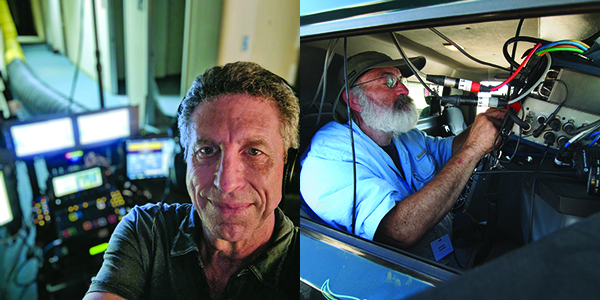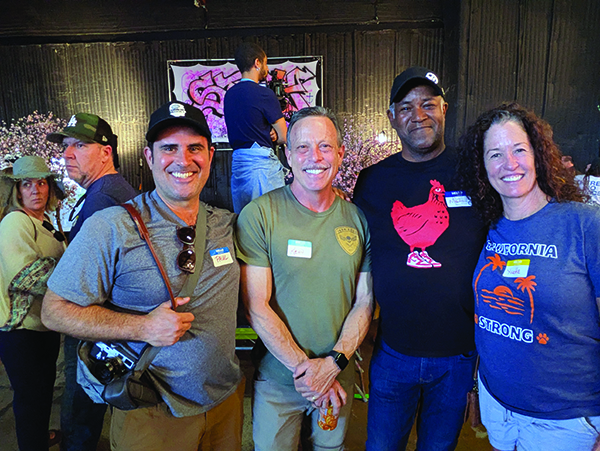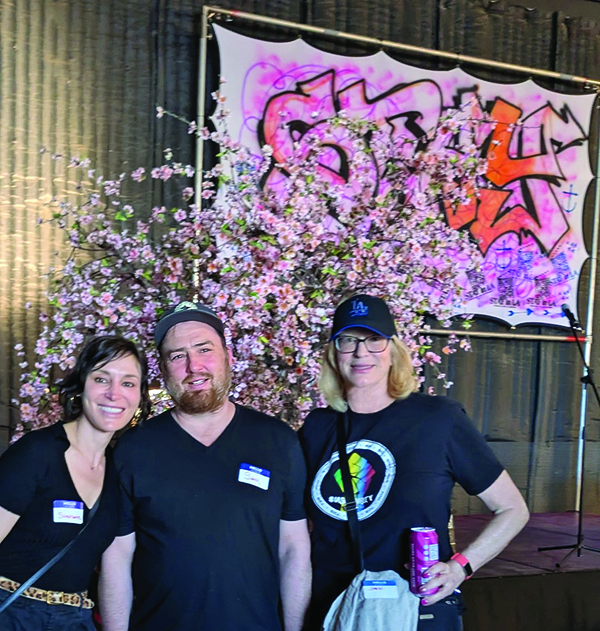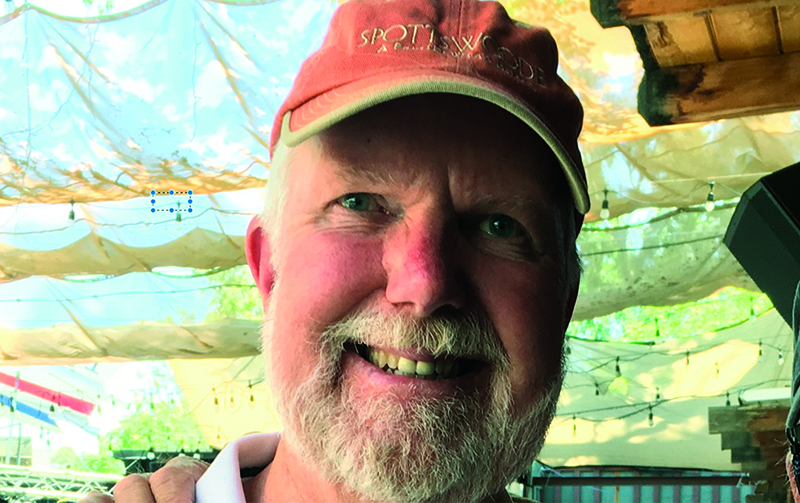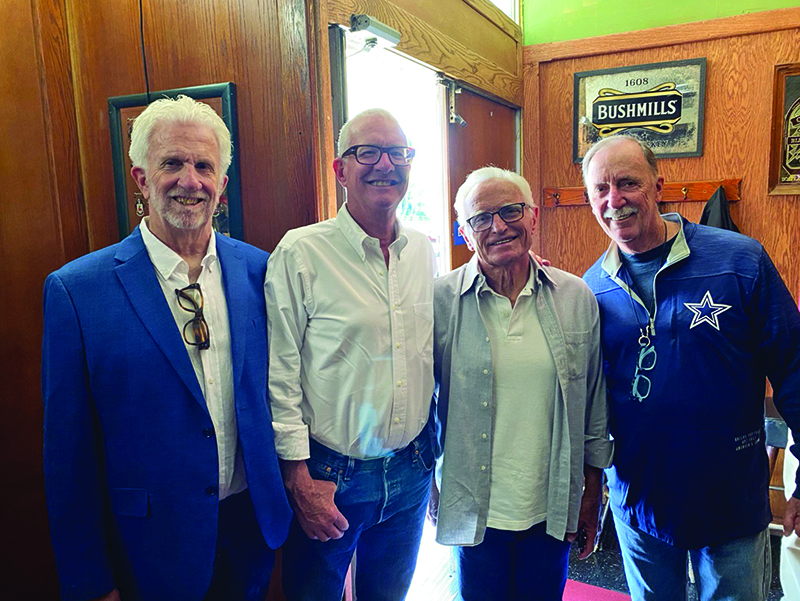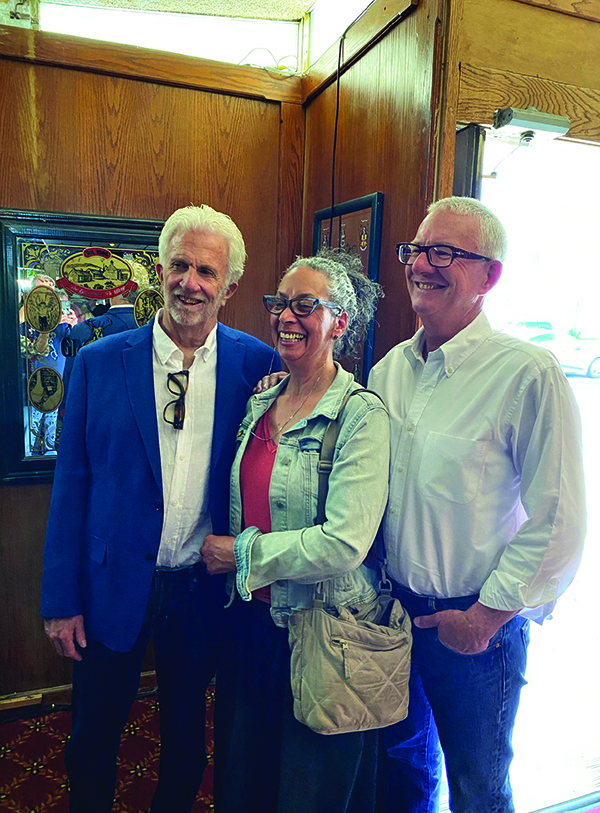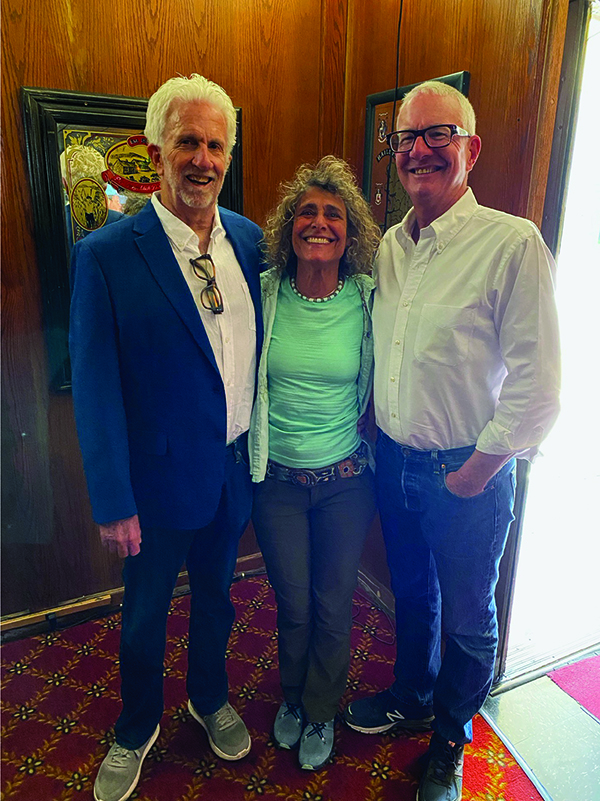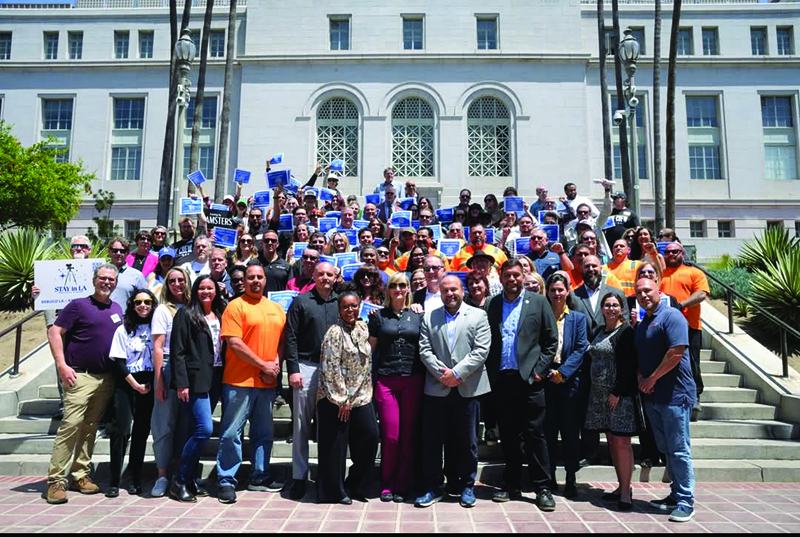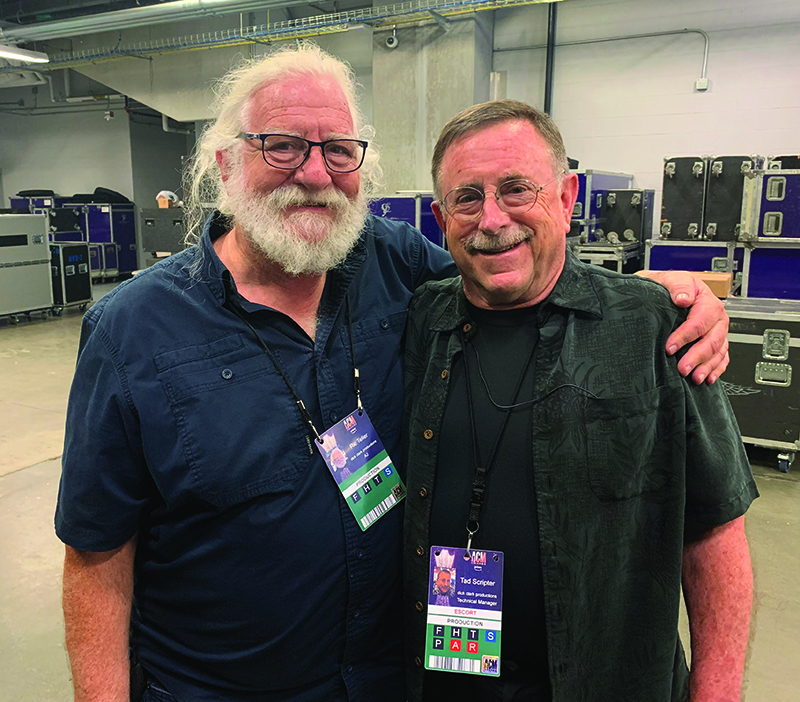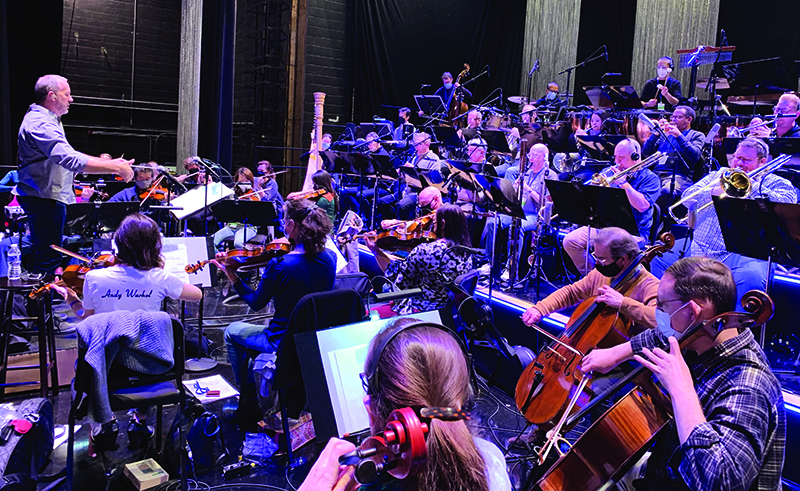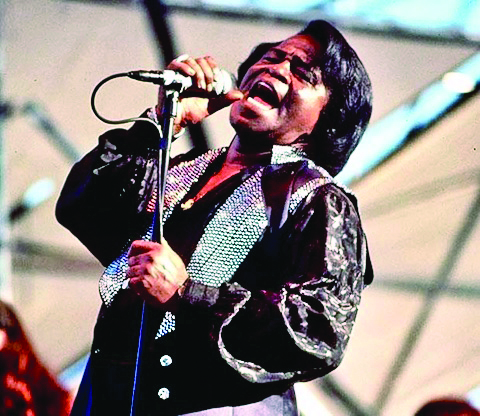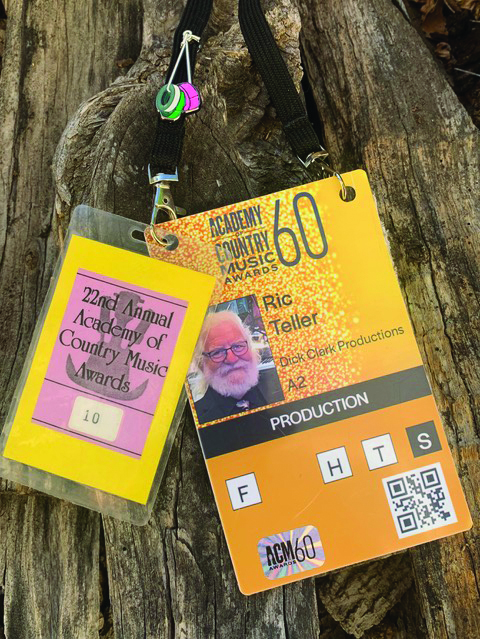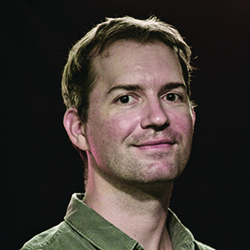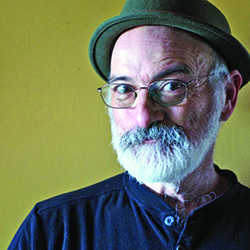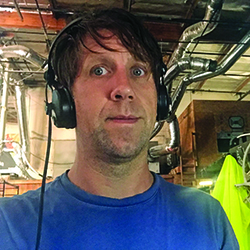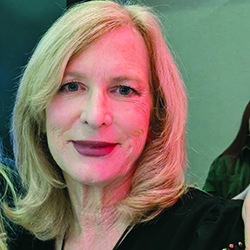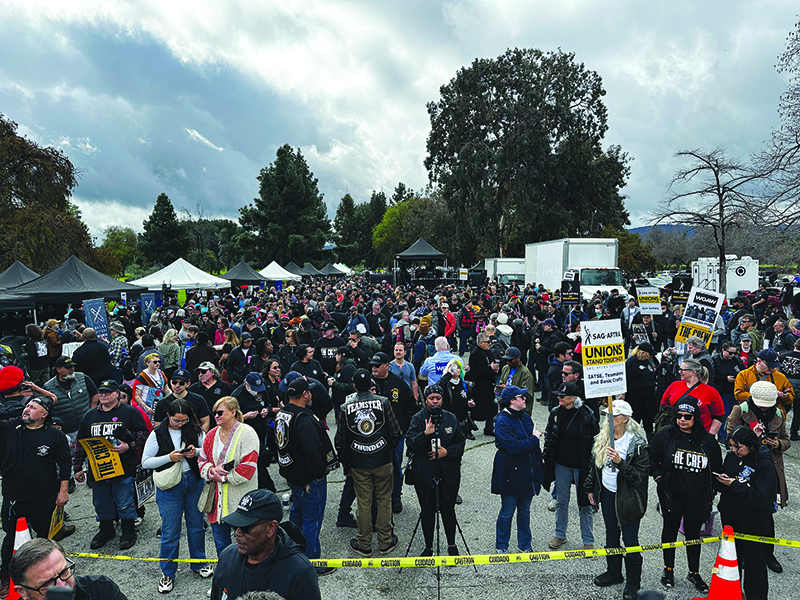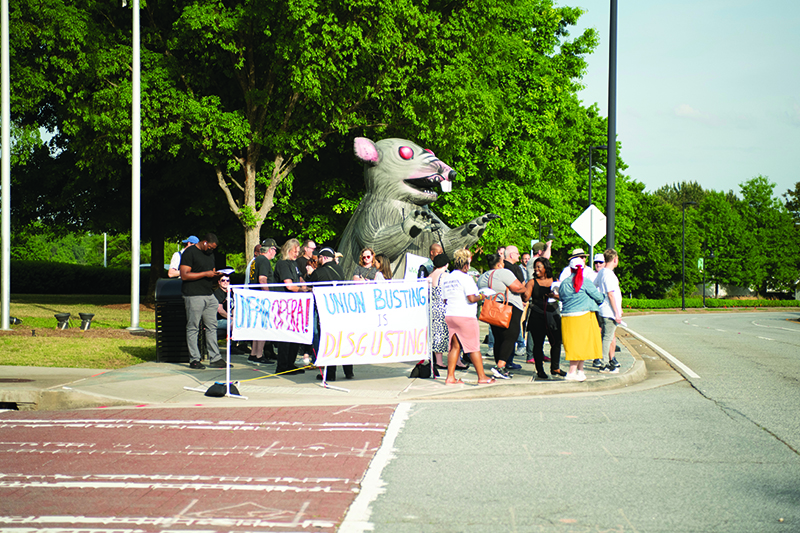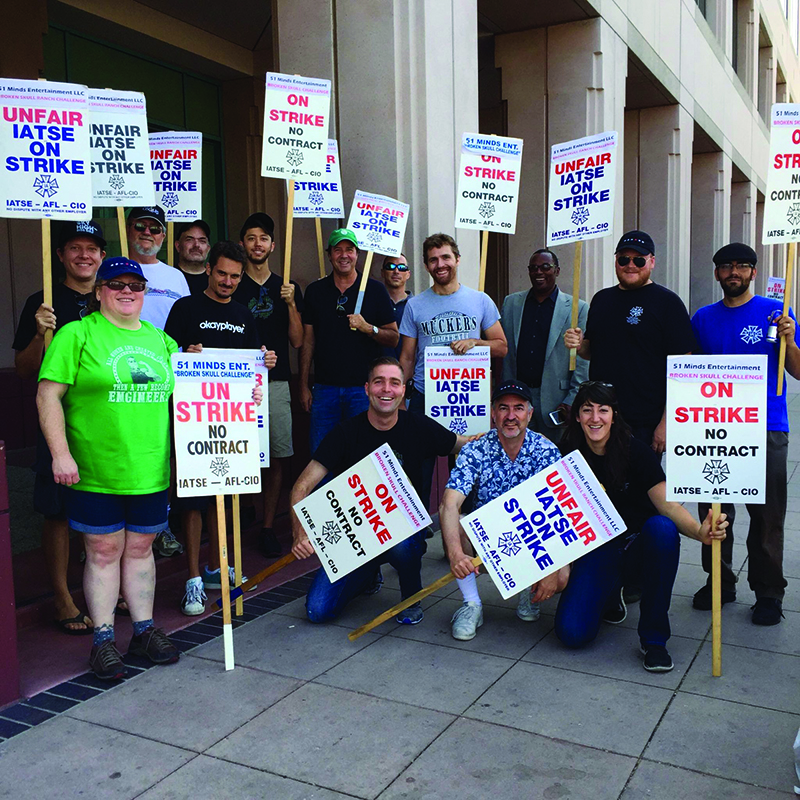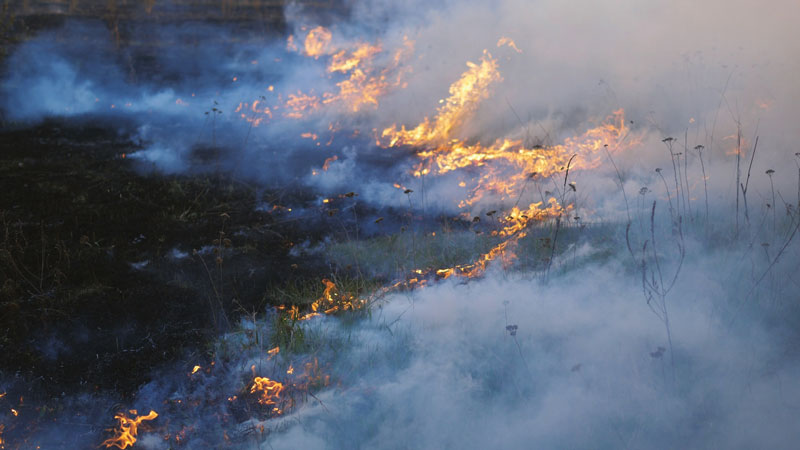IATSE Training Trust Fund
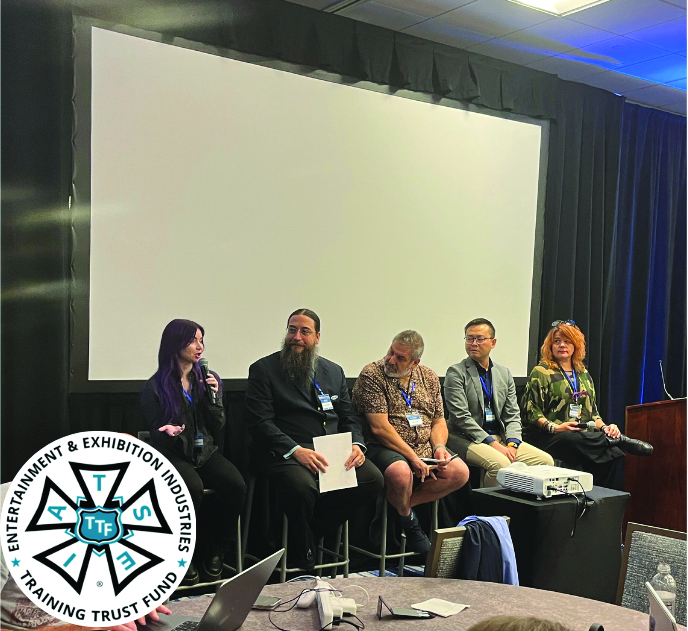
This past October, the IATSE Training Trust Fund (TTF) hosted their second annual Education Director Summit in Orlando, FL. IATSE training directors from the US and Canada met for three days to establish training partnerships and learn more about how the IA and TTF will be enhancing educational resources for the membership in the new year. Local 695’s very own Director of Communications & Education, Casey Weiss, was invited to participate on a panel with several other training directors representing various crafts/jurisdictions, sharing how we are staying motivated in difficult times. TTF has expanded their LinkedIn Learning platform, as well as their partnership with AVIXA. These resources, along with more exciting releases coming soon, are all free to IATSE members. To learn more, please visit: https://www.iatsetrainingtrust.org/additional-training
Member Spotlight
MEMBER SPOTLIGHT
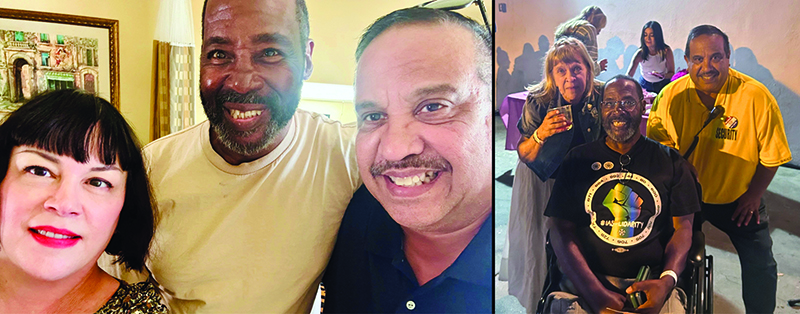
Say hello to member Ray Porter, A2/PL Comms, on such shows as The Voice, The Oscars, American Idol, and the MTV Movie Awards. Ray’s been a member of Local 695 for more than twenty years. He’s not been active for a while due to an illness but he’s recuperating and getting back on his feet!
Reps Joe Aredas and Heidi Nakamura had the privilege of visiting Ray recently and he came out to enjoy the “All-In” Mixer PAC Fundraiser event on October 11, 2025.
Lean In & Lean On: Holiday Party/Toy Drive Event
Mark your calendars for the return of the Lean In & Lean On: Holiday Party/Toy Drive, which returns to IATSE Local 80 on Saturday, December 13, 2025. Last year, this initiative raised more than $63,000 and distributed more than 1,000 gifts to IA families. This season, the Hollywood IATSE Locals, Basic Crafts, and Teamsters are partnering with Labor Community Services to support more than five hundred families by providing a joyful celebration with food, gift cards, and toys for the kids. Let’s make this our most impactful year yet!
New Members
Local 695 Welcomes Its New Members
Alexandre Gilroy Y-1
Zachary Harvey Y-4
Dustin Hudson Y-4
Joshua Manville Y-7
Joshua Muehlberger Y-4
Charles Phillips Projectionist
Indrani Robinson Y-7a
Zachary Sager A-2
Nathaniel Siggard Y-16
In Memoriam
Frank G. Zaragoza Y-8
June 23, 1969 – October 30, 2025
Ted Karounos Y-9
September 28, 1949 – October 3, 2025
Gregory Ferrara Y-8
December 31, 1963 – August 1, 2025
Eric L. Roberts Y-7
December 13, 1949 – July 26, 2025
Beau Hodges Y-1
January 10, 1977 – July 1, 2025
